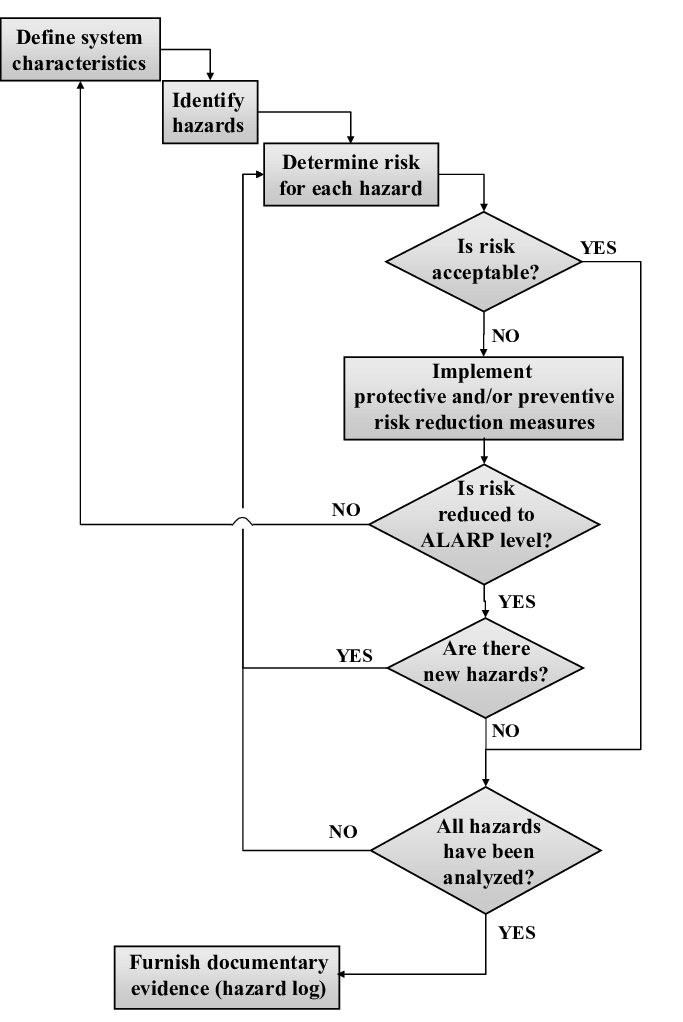Scenario: The technical director has purchased a new tool for the scene shop. Before anyone can us it a PSMS document must be created to evaluate the tool. Pick a power tool and post it to the tool PSMS discussion board on blackboard. After your professor approves the selection, create your PSMS document. A template for a jigsaw is below.
Table of Contents
PSMS document breakdown for tools
Purpose
The major objective of process safety management (PSM) of equipment is to prevent employee injury. Using this approach, the process design, process technology, process changes, operational and maintenance activities, and procedures, nonroutine activities and procedures, emergency preparedness plans and procedures, training programs, and other elements that affect the process are all considered in the evaluation. Prep.
Process Safety Information
List the Hazards of the tool listed by the manufacturer. If there are any hazardous chemicals used in tandem with the tool list these as well in your assessment.
Pre-starting safety review
Using the what if table make a list of possible accidents that could happen during the handling of the material.
| What If? | Answer | Likely hood | Consequences | Recommendations |
| Poor ventilation | Ingestion of respirable particles | Possible | Serious | Read SDS of material to be cut, get training and use a respirator if required. |
Technology of the Process make a flow chart of how the tool is going to be used.

Note: ALARP, which stands for “as low as reasonably practicable”, or ALARA (“as low as reasonably achievable”), is a term often used in the regulation and management of safety-critical and safety-involved systems.[1][2] The ALARP principle is that the residual risk shall be reduced as far as reasonably practicable. In UK and NZ Health and Safety law, it is equivalent to SFAIRP (“so far as is reasonably practicable”).
For a risk to be ALARP, it must be possible to demonstrate that the cost involved in reducing the risk further would be grossly disproportionate to the benefit gained.[3] The ALARP principle arises from the fact that infinite time, effort, and money could be spent in the attempt of reducing a risk to zero. It should not be understood as simply a quantitative measure of benefit against detriment. It is more a best common practice of judgement of the balance of risk and societal benefit.
Employee Training
- Read manual.
- Create tool safety check list. *
- Train worker in safe usage of tool
- Set up workspace around the tool.
- Train in ppe usage: goggles, ear protection, dust mask and respirator.
- Select work location: should be dry, well-lit with ventilation.
- Select date and time for work to start and end if the tool is a hazard to others working in the shop.
- Participate in tool training.
- Participation in daily workspace cleanup of dust and excess materials.
Written Procedures
- Prepare work area.
- Check tool safety list.*
- Don ppe
- Use tool.
- Clean area after work is competed daily.
- Put away.
- Clean work area
- Clean worker
Accident plan
- Evaluate injury are airways clear?
- First aid kit: cut and burn supplies. Neosporin and bandages.
- Call 911
- Fill in accident report, inform OSHA if needed.
- Inspect work area, make changes to area for a safety use of materials.
- Update accident plan before employees use tool.
Summary
What did you learn?
After doing this process are you still comfortable using this material or do you want to find a new material? If so, what is the new material and why is it a better choice?
*Tool Check list
- Read manual and get trained before first use.
- Check cord for cuts, nicks, splices, or knots. (if cord is damaged tag out and inform shop foreman)
- All fittings are tight.
- All guards in place.
- Correct blade selected for material being cut.
- Read SDS of material being cut to use adequate PPE and or ventilation.
- Clean work area as needed: floor and worktable.
- Use proper vises and clamps for material before cutting.
- Keep hands away from cutting area.
Turn in assignment on Brightspace
- PSMS tool: brightspace, assignments tab, PSMS tool safety assignment.
- Post a power point to the discussion board to present your PSMS next class meeting: bright space, discussion tab, PSMS 2, post inside the same thread you created for the tool.
Rubric
| Item | Ignored | attempted | Proficient | Complete | Points |
|---|---|---|---|---|---|
| Purpose | Ignored | bullet point list | Two ideas discussed | analyze, evaluate and prioritize | 15 |
| Hazards | Ignored | 1-2 items listed | 3-5 items listed | all content from manual included. | 15 |
| What if... table | Ignored | 1-2 items listed | 3-5 items listed | all content from manual included. | 15 |
| Employee Training | ignored | 1-2 items listed | 3-5 items listed | all content from manual included. | 15 |
| Written procedures | Ignored | 1-2 items listed | 3-5 items listed | all steps listed from removing from tool cage through use and storage. | 15 |
| Accident plan | Ignored | 1-2 items listed | 3-5 items listed | all possibilities listed from removal from tool cage through use and storage. | 10 |
| Summary | Ignored | bullet point list | Two ideas discussed | analyze, evaluate and prioritize | 15 |



